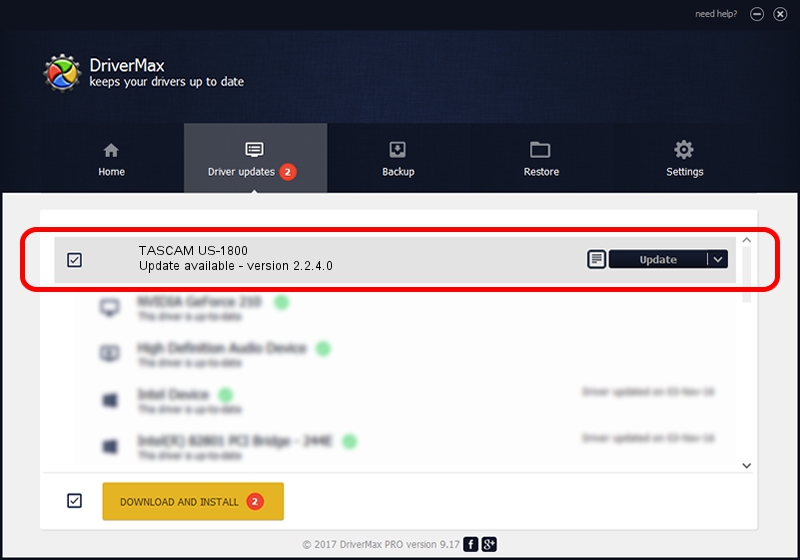
Don't ask, don't tell.īlatant self promotion and/or requests for feedback on your tracks are not permitted submissions. Unless you can prove someone is using pirated software, don't accuse someone of using it. Linking to piracy-centric subs also prohibited. Advocating, asking for, or giving advice on how to pirate is prohibited. Participate in good faith and avoid being mean, condescending, or outright insulting other users. We don't want to see your floor mat that looks like the Ableton logo. Memes and shitposts have been deemed by the community as non-Ableton stuff. Everyone should bookmark the Live manual, for it loves you. Rules :ĭo not tell people to RTFM (read the fucking manual) unless you're also posting the specific section that covers their inquiry. so we're here to help.įeel free to volunteer great resources you find on the net regarding writing music, the Ableton DAW, or tutorials and the like. Automatic updates could save you hours of time.Tips, tricks, and honest community help for the simplest of problems you may be having no matter if you're a newb or a master.

If your deskttop or laptop is running slow, or keeps crashing or hanging, there is a good chance that updating your drivers will fix the problem. Many computer problems are caused by missing or outdated device drivers, especially in Windows 11. If you are having trouble finding the right driver, stop searching and fix driver problems faster with the Automatic Driver Update Utility. Visit our Driver Support Page for helpful step-by-step videos In most cases, you will need to reboot your computer in order for the driver update to take effect. Locate the device and model that is having the issue and double-click on it to open the Properties dialog box.Ĭlick the Update Driver button and follow the instructions. In Windows XP, click Start -> Control Panel -> Performance and Maintenance -> System -> Hardware tab -> Device Manager button

In Windows Vista, click Start -> Control Panel -> System and Maintenance -> Device Manager In Windows 7, click Start -> Control Panel -> Hardware and Sound -> Device Manager In Windows 8, swipe up from the bottom, or right-click anywhere on the desktop and choose "All Apps" -> swipe or scroll right and choose "Control Panel" (under Windows System section) -> Hardware and Sound -> Device Manager

In Windows 11, Windows 10 & Windows 8.1, right-click the Start menu and select Device Manager It allows you to see all of the devices recognized by your system, and the drivers associated with them. To install a driver in Windows, you will need to use a built-in utility called Device Manager. Once you download your new driver, then you need to install it.


 0 kommentar(er)
0 kommentar(er)
